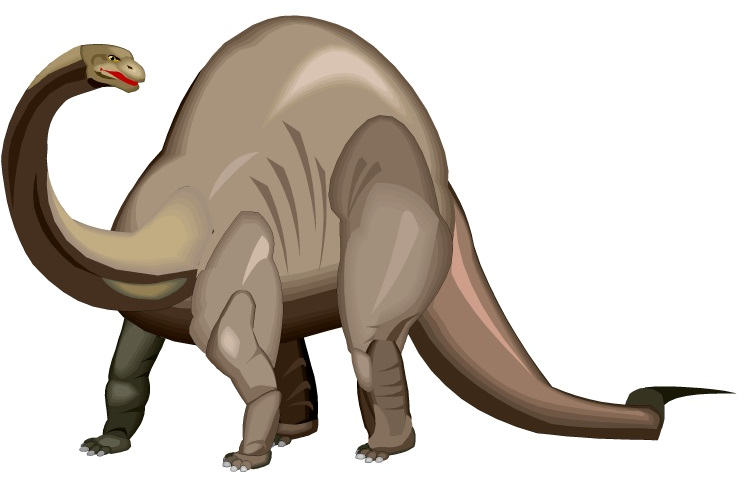By the author of nonfiction living-pterosaur books Jonathan Whitcomb
UPDATE: The links in this post have been updated with “https” as a sign that all those posts and pages linked to are safe. They always have been secure, but now that safety is shown to be certified.
* * *
Carbon radiometric dating of dinosaur bones—that relates to modern pterosaurs indirectly: Recently-living dinosaurs help people to realize that eyewitness reports of flying pterosaurs are more credible than people may have assumed. Yes, I am talking about dinosaurs that have lived relatively recently. Some dinosaurs appear to be well under 1% as old as Westerners have been taught, tens of thousands of years rather than many millions of years old.
Extinction Millions of Years Ago—False
Cryptozoologists and biologists no longer need to rely on dragons in history or sightings of dinosaurs in recent decades in Africa and South American and Papua New Guinea. Carbon-14 dating of dinosaur fossils in a number of areas of North America—that confirms the recent ages of those dinosaurs, for the C14 methods used by the laboratories and the researchers involved had guarded against contamination, making the evidence valid.
The Acrocanthosaurus had been assumed to have become extinct by about 110 million years ago. This huge predator dinosaur roamed around what is now North America. Yet one particular animal did not live that long ago, according to recent carbon-dating. The fossils had been excavated in Texas. It could have lived there as recently as about 24,000 years ago, although some of the pieces show an age of over 30,000 years before present (BP).
The Allosaurus was another large theropod dinosaur, assumed to have become extinct by about 100 million years ago. One particular Allosaurus, however, was carbon-dated to about 31,000 years ago. It was excavated in Colorado.
The Hadrosaur dinosaurs (Hadrosaurids) are called duck-billed and were assumed to have gone extinct by about 66 million years ago. But consider three specimens that were excavated in Alaska, Montana, and Colorado. They were recently C14 dated to have lived between about 22,000 and 38,000 years ago.
The scientific report of those amazing findings was given at the 2012 AOGS-AGU conference in Singapore, but the abstract was later censored by two chairpersons. No warning was given that the report would be removed from the official web site and no detailed explanation was given for why it was removed. Those two chairmen apparently simply refused to believe it was possible that such an astonishing scientific discovery could be made.
That reminds me of when Einstein was denied the Noble Prize because his revolutionary theories of Relativity. The truth is not always immediately accepted, even when the scientific evidence is demonstrated.
###
.
Dinosaur Bones Carbon-Dated to be Younger
Since dinosaurs are thought to be over 65 million years old, the news is stunning – and more than some can tolerate. After the AOGS-AGU conference in Singapore, the abstract was removed from the conference website by two chairmen because they could not accept the findings.
Dinosaurs Carbon-Dated to < 40,000 Years BP
Since carbon dating became available, in the mid-20th century, many scientists had assumed that the new method for determining ages was inappropriate for dinosaur fossils. . . . The new concept in determining when particular dinosaurs lived is this: Date the bones themselves, not the layers that are removed from the layers in which the fossils are found. This direct method relies on the proven principles of radiocarbon dating (C14).
Dinosaurs in North American are Younger Than Previously Thought
. . . a number of dinosaur fossils excavated in North America have been 14C dated to well below the ceiling level for those testing methods, with none of the materials over 40,000 years old, according to the rigorous methods used.
It has been estimated that at least 1400 Americans have observed a living pterosaur in the United States within the past thirty years. [This estimate has more recently been seen as a great underestimate.] The great majority of them [the eyewitnesses] have not reported their encounters [to] any cryptozoologist . . .
.




2 Replies to “Recent Dinosaurs and Carbon-14 Dating”
Comments are closed.